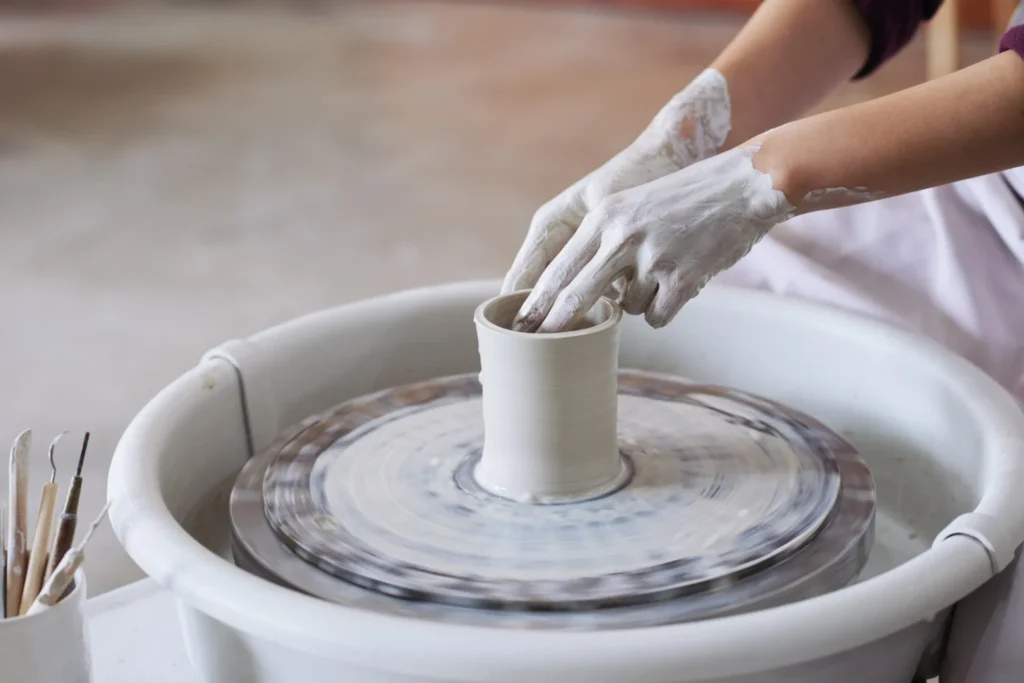For farmers and land managers, witnessing the slow decline of fertile land into a hard, barren crust is a deeply concerning sight. This is the reality of sodic soil, a condition that devastates soil structure and cripples crop growth. In the battle against this insidious form of land degradation, a powerful tool has emerged: Sodiceram. More than just an amendment, Sodiceram is a targeted solution designed to breathe life back into damaged soils.
Understanding the Enemy: What is Sodic Soil?
Before delving into the solution, it’s crucial to understand the problem. Sodic soil is not merely salty soil; it is defined by an excess of sodium (Na+) relative to other beneficial cations like calcium (Ca²⁺) and magnesium (Mg²⁺).
The high sodium content causes the fine clay particles in the soil to disperse, rather than clump together. This destruction of soil structure has devastating consequences:
- Poor Water Infiltration: The dispersed clay particles seal the soil surface, creating a hardpan. Water pools on top instead of soaking in, leading to waterlogging in some areas while the root zone remains dry.
- Compaction and Hard Setting: The soil becomes incredibly dense and hard when dry, making it difficult for roots to penetrate and for seeds to emerge.
- Poor Aeration: The collapsed soil structure leaves little room for air, suffocating plant roots and beneficial soil microbes.
What is Sodiceram?
Sodiceram is a high-purity, formulated gypsum (calcium sulfate dihydrate) product specifically processed for agricultural use. Its primary role is as a soil amendment to reclaim sodic and saline-sodic soils.
How Does Sodiceram Work? The Chemistry of Reclamation
Sodiceram’s effectiveness lies in a straightforward but powerful chemical reaction. It works through a process called cation exchange.
- Providing Calcium (Ca²⁺): Sodiceram dissolves in soil water, releasing a readily available source of calcium ions.
- Displacing Sodium (Na+): The calcium ions (Ca²⁺) move to the clay particles and displace the excess sodium ions (Na+) that are causing the dispersion.
- Flushing Out Sodium: The displaced sodium is now free in the soil solution. With the soil structure improved by calcium, water can now infiltrate and percolate through the soil profile, carrying the leached sodium down and away from the root zone, preferably through adequate drainage.
Key Benefits of Using Sodiceram
The application of Sodiceram triggers a cascade of positive effects:
- Restores Soil Structure: This is its primary benefit. It transforms hard, impermeable crusts into a soft, friable, and well-aerated soil.
- Improves Water Infiltration and Drainage: By opening up the soil, it allows water to penetrate deeply, reducing surface runoff and waterlogging.
- Enhances Root Development: A loose, well-aerated soil allows roots to explore more freely, leading to healthier, more drought-resistant plants.
- Improves Nutrient Availability: It corrects the calcium deficiency and helps balance the soil’s nutrient exchange capacity, making essential fertilizers more effective.
- Increases Crop Yield and Quality: By alleviating the major physical and chemical stresses of sodicity, Sodiceram paves the way for a return to profitable and sustainable crop production.
Application and Best Practices
The successful use of Sodiceram requires a strategic approach:
- Soil Testing: A professional soil test is non-negotiable. It will determine the severity of sodicity (measured by the Exchangeable Sodium Percentage, or ESP) and provide a precise application rate, often in tons per hectare or acre.
- Application: Sodiceram is typically spread evenly across the soil surface using a lime or fertilizer spreader. It can be applied before tillage or incorporated into the soil for faster reaction.
- Adequate Water for Leaching: The reclamation process is not complete without sufficient water to flush out the displaced sodium. This requires either good rainfall or irrigation, coupled with functional subsurface drainage.
- Monitoring: Follow-up soil tests are recommended to monitor progress and determine if additional applications are needed.
Conclusion
Sodic soil is a formidable challenge, but it is not a death sentence for agricultural land. Sodiceram stands as a proven, scientifically-sound solution to reverse the damage. By addressing the fundamental chemical imbalance at the heart of the problem, it initiates a physical transformation of the soil, restoring its life, health, and productivity. For farmers looking to reclaim their land from the grip of sodicity, Sodiceram is not just an input; it is an investment in the future fertility and sustainability of their soil.

